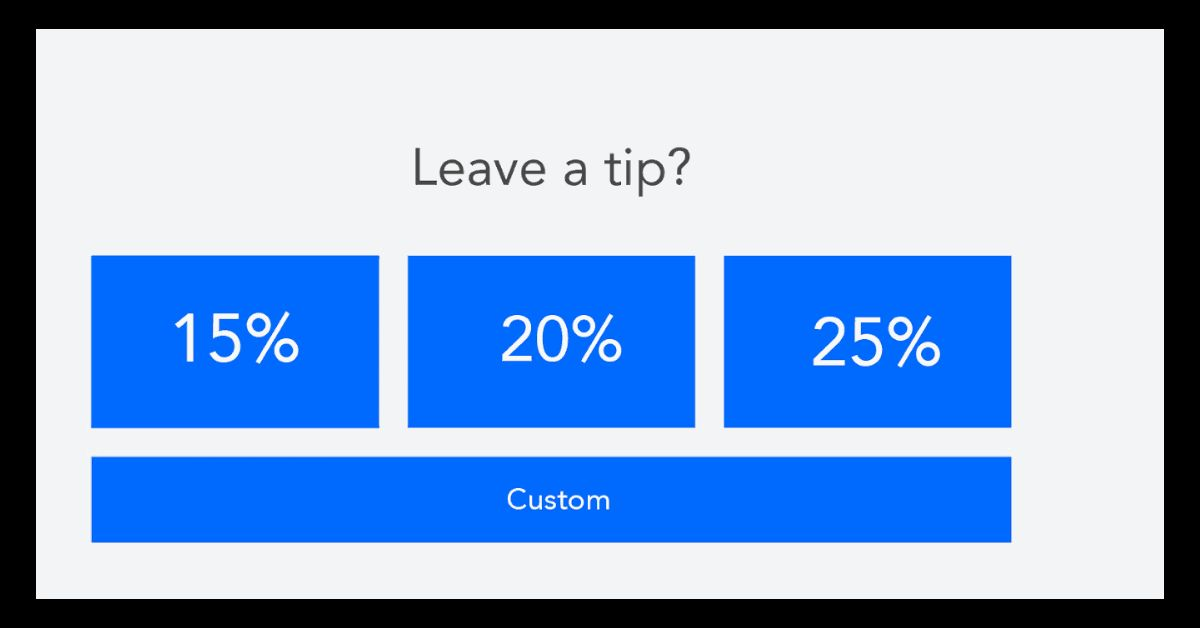A Timeline of Technological Progress 1954 to 2023
Introduction
Technology has changed our lives in countless ways over the past several decades. From the birth of computing to the rise of artificial intelligence, the journey from 1954 to 2023 has been filled with incredible innovations. Let’s take a trip down memory lane and explore some of the key milestones in technology during this period.
1950s: The Birth of Modern Computing
1954: IBM introduced the IBM 650, one of the first mass-produced computers. This machine marked a significant step towards making computers accessible to businesses and researchers.
1956: IBM also invented the first hard disk drive (HDD), revolutionizing data storage with the ability to store much more data than previous methods.
1960s: Space Race and Early Internet
1961: The first industrial robot, Unimate, was used on a General Motors assembly line, starting the era of automation in manufacturing.
1969: ARPANET, the precursor to the internet, was created, connecting university computers and enabling the first host-to-host communication.
1970s: Personal Computing Begins
1971: Intel released the 4004 microprocessor, the first commercially available microprocessor, paving the way for personal computers.
1973: Martin Cooper of Motorola made the first handheld mobile phone call, marking the beginning of mobile communication.
1980s: The PC Revolution and Video Games
1981: IBM launched the IBM PC, setting the standard for personal computers that would become common in homes and offices.
1985: Microsoft introduced Windows 1.0, making computers more user-friendly with a graphical interface.
1989: Tim Berners-Lee proposed the World Wide Web, which would later revolutionize how we share and access information.
1990s: The Internet Age
1991: The World Wide Web became publicly available, with the first website going live. This decade saw the internet boom and the rise of the dot-com era.
1995: Microsoft released Windows 95, a major upgrade that made personal computing more accessible with its user-friendly design and internet integration.
1997: IBM’s Deep Blue supercomputer defeated chess champion Garry Kasparov, showcasing the potential of artificial intelligence.
2000s: Mobile Technology and Social Media
2001: Apple launched the iPod, changing how we listen to music and paving the way for portable media devices.
2004: Facebook was founded, soon becoming a leading social media platform and transforming how we connect online.
2007: Apple introduced the iPhone, combining a phone, internet browser, and music player into one device, revolutionizing the smartphone market.
2010s: Cloud Computing and AI
2010: Apple released the iPad, popularizing tablets and offering a new way to consume media and perform tasks.
2011: IBM’s Watson won on Jeopardy!, demonstrating advanced natural language processing and the capabilities of AI.
2014: Amazon introduced Alexa, a voice-activated assistant, advancing smart home technology and voice recognition.
2020s: AI and Advanced Connectivity
2020: The rollout of 5G networks began, promising faster internet speeds and better connectivity for numerous devices.
2021: The COVID-19 pandemic accelerated the adoption of remote work technologies, making tools like Zoom and Microsoft Teams essential.
2023: AI continued to evolve, with advanced models like GPT-4 enhancing natural language understanding and content creation.
Conclusion
From the early days of giant computers to today’s advanced AI, the journey from 1954 to 2023 highlights technology’s rapid and transformative progress. Each decade we brought innovations that changed industries and everyday life. As we look ahead, technology will undoubtedly continue to evolve, bringing even more exciting changes and possibilities.




Post Comment